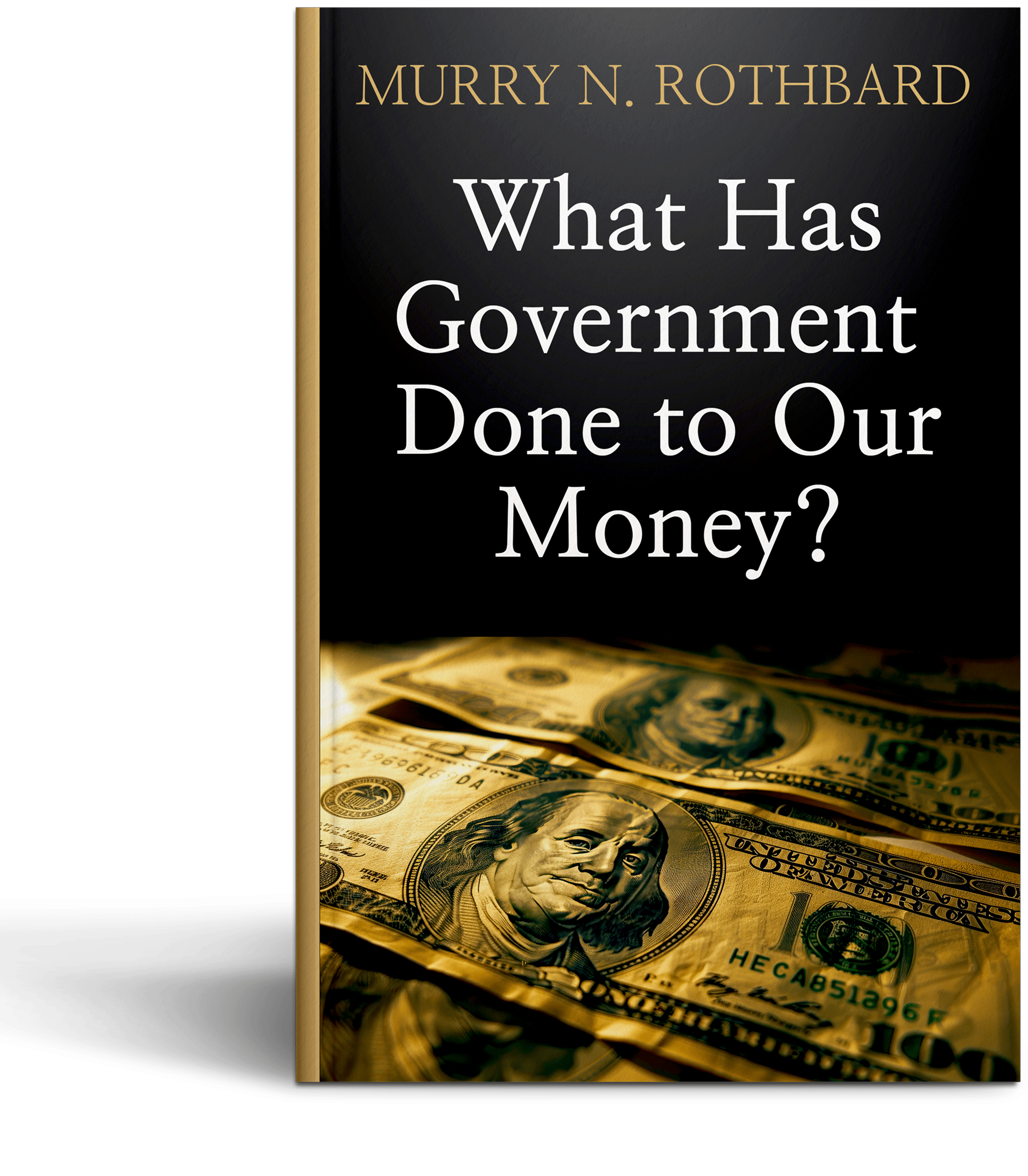For thousands of years, gold was money. Whether you were in ancient Rome or 20th-century America, gold stood behind the value of what people used to buy and sell things.
Even the U.S. dollar used to be tied to gold—until 1971, when the government cut that link. Since then, paper money hasn’t been backed by anything real. It’s just based on trust.
But something is quietly changing.
Gold Is Being Taken Seriously Again
Behind the scenes, the financial world is starting to look at gold differently.
Not long ago, new banking rules were put in place (called Basel III) that allowed banks to treat physical gold the same way they treat cash or government bonds. In other words, for the first time in decades, gold is being treated like a top-tier financial asset again.
That’s a big deal.
It means gold isn’t just a “crisis hedge” anymore—it’s being recognized as a core asset that banks and governments can rely on.
Gold Is Becoming More Useful, Too
One of the reasons gold faded into the background over the years is that it wasn’t easy to use in the modern world. You couldn’t swipe gold at the grocery store. You couldn’t use it to settle trades between countries. It was valuable, yes—but clunky.
That’s changing thanks to new technology.
Today, companies and institutions are starting to digitize gold. They take real, physical gold held in secure vaults and create digital tokens that represent ownership of it. Think of it like Venmo—but instead of dollars in a bank, the token is backed by gold.
That means gold could now:
- Be moved instantly,
- Be used to settle transactions,
- And maybe even be used as collateral for loans between banks.
Gold is starting to move again, and that makes it a lot more appealing to hold.
This Would Push Demand—and Prices—Much Higher
Now that gold is more useful in the financial system, banks may start holding more of it—not just as a hedge, but as a productive reserve asset.
Think about that: if commercial banks around the world—and not just central banks—start buying more physical gold to use in lending, collateral, and payment systems, that’s a huge new wave of demand.
And when demand for a scarce asset spikes, prices usually follow.
If that happens suddenly, gold prices could rise sharply. And that would put even more pressure on the U.S. government to recognize what its own gold is really worth.
The Fed Still Values Gold at $42 an Ounce… Seriously
Here’s something most people don’t realize: the United States owns more gold than any other country—about 261 million ounces of it.
But on paper, we still value that gold at just $42.22 per ounce, which was the official price back in the 1970s.
Today, gold is worth over $3,300 an ounce. And if demand explodes, it could easily push toward $4,222 or more.
That means the U.S. is listing a nearly $900 billion asset as if it’s worth just $11 billion.
Let that sink in.
If the Federal Reserve updated the value of its gold to reflect reality, it would:
- Instantly make its balance sheet stronger,
- Improve its financial position,
- And possibly restore confidence in the dollar at a time when we desperately need it.
The more the price of gold rises, the more absurd it becomes to keep it marked at $42.22—especially with the Fed facing mounting losses and long-term obligations.
This Is All Happening Without a Formal Announcement
This isn’t about going back to the old gold standard.
There’s no need for a law saying “gold backs the dollar” again. Instead, what we’re seeing is a quiet return of gold to the center of global finance—not through politics, but through practicality.
New rules let banks hold it.
New technology makes it usable.
New global tensions make it desirable.
And the result?
Gold is slowly stepping back into the role it once played—this time, with 21st-century tools.
The Result?
In a world full of debt, inflation, and uncertainty, gold is being rediscovered as the one thing you can trust.
It may not be official. It may not be on the news.
But make no mistake—this is the resurrection of gold.


